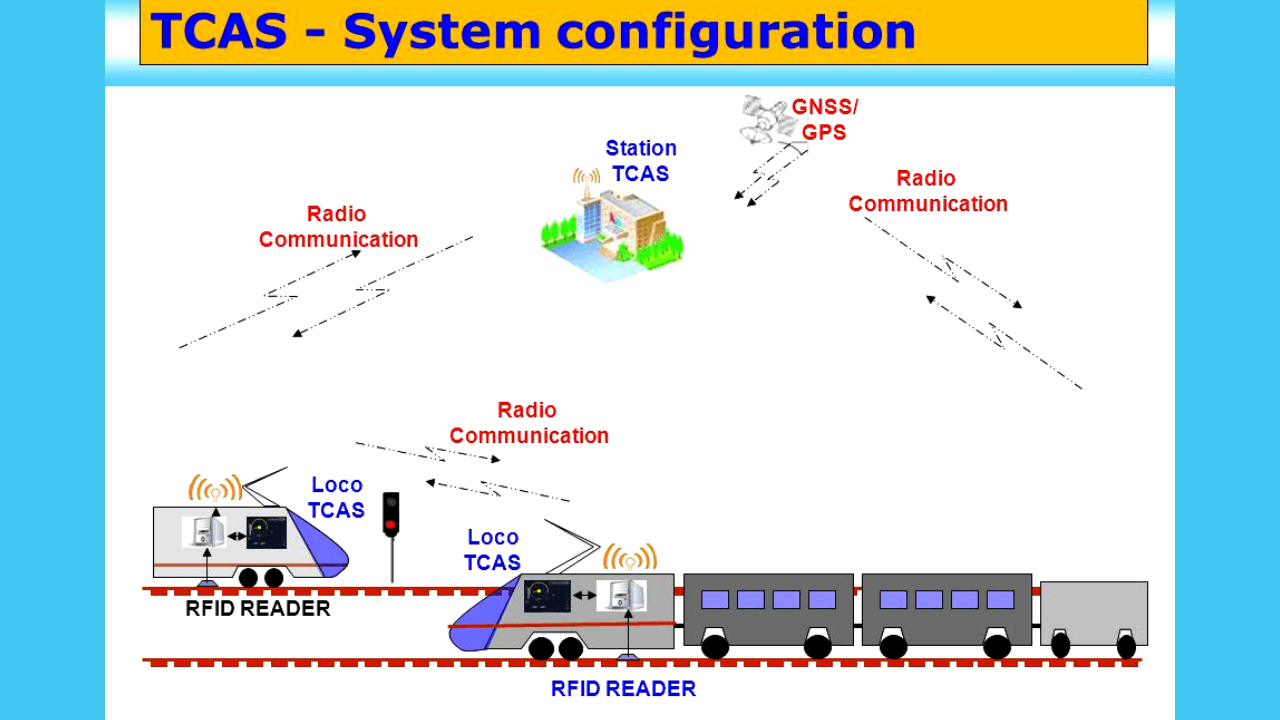Kavach Automatic Train Protection System
After a tragic triple train crash in Balasore, Odisha, which resulted in the loss of nearly 290 lives and left over 900 passengers injured, it was confirmed by the railways that the trains involved in the accident did not have the ‘Kavach’ system installed. The absence of this system is believed to have contributed to the collision and the inability to prevent it.
What is Kavach?
The Train Collision Avoidance System (TCAS), now known as Kavach or “armour,” is India’s indigenous automatic protection system that has been under development since 2012. It aims to enhance railway safety by preventing train collisions.
The Kavach system was rechristened and announced in the 2022 Union Budget as part of the Atmanirbhar Bharat initiative. The plan is to implement the system on approximately 2,000 km of rail network in 2022-23, with the goal of improving safety and increasing capacity.
Developed by
In collaboration with three Indian vendors, the Research Designs and Standards Organisation (RDSO) developed Kavach. This system is designed to assist locomotive pilots in avoiding Signal Passing At Danger (SPAD) incidents and overspeeding. Additionally, Kavach provides support during adverse weather conditions like a dense fog. By automatically applying brakes when required, the system ensures better control over train speed and helps prevent potential accidents.
Features
- Kavach, or the Train Collision Avoidance System (TCAS), consists of a set of electronic devices and Radio Frequency Identification (RFID) devices that are installed in locomotives, signaling systems, and tracks.
- These devices are connected through ultra-high radio frequencies and are responsible for controlling the brakes of trains and providing alerts to the drivers based on programmed logic.
- The TCAS incorporates elements from existing systems such as the European Train Protection and Warning System and the indigenous Anti Collision Device.
- It is designed to meet the highest safety and reliability standards, known as the Safety Integrity Level (SIL) 4.
- SIL is a measure used to quantify safety performance requirements for hazardous operations, with higher SIL levels indicating a greater process hazard and a need for higher levels of protection.
- In the future, Kavach is expected to incorporate features from the advanced European Train Control System Level-2.
The system’s implementation aims to enhance safety, prevent collisions, and ensure better control over train operations, providing a higher level of protection to passengers and minimizing the risk of accidents.
Significance
- India aims to position Kavach as an exportable system, offering a cost-effective alternative to the European train protection systems widely used worldwide.
- Although Kavach currently utilizes Ultra High-Frequency technology, efforts are underway to make it compatible with 4G Long Term Evolution (LTE) technology.
- This development will enhance its market potential and enable its adoption in global markets.
- Additionally, work is being done to ensure compatibility with other existing train protection systems used internationally.
- This compatibility will facilitate the seamless integration of Kavach with different railway networks around the world, further enhancing its appeal as a versatile and interoperable solution.
- By expanding Kavach’s capabilities and compatibility, India aims to establish itself as a competitive player in the global market for train protection systems, providing countries with an affordable and reliable alternative that meets international safety standards.
Safety
- Kavach system aims to prevent train accidents, specifically collisions on rail tracks.
- When activated, it triggers a safety measure where all trains within a 5-kilometer range will come to a halt, providing protection to trains on adjacent tracks.
- This system reduces reliance on loco-pilots and assistant loco-pilots to visually monitor caution signs and signals.
Cost
- Kavach offers a cost advantage, with an estimated operational cost of Rs 50 lakh per kilometer, compared to approximately Rs 2 crore for similar systems used globally.
- The affordability of this system makes it a cost-effective solution for implementing advanced train protection systems.
Communication
- Kavach includes stationary equipment that collects signaling inputs and relays them to a central system.
- This infrastructure enables seamless communication between the train crew, stations, and the central system.
- An effective communication system enhances coordination, efficiency, and safety in train operations.
- 3 August Current Affairs 2023 in English
- MoU Between Subroto Mukerjee Sports and Education Society and All India Football Federation (AIFF) to Promote Football at Grassroot Level
- Dr. Mansukh Mandaviya Delivers Keynote Address at the 13th Indian Organ Donation Day ceremony
- Education Ministry Forms Expert Panel on Anti-Discrimination in Higher Education
- Concerns Arise Over Cheetah Deaths at Kuno National Park
FAQs
What is Kavach in railways?
It is designed to be used in conjunction with the Train Collision Avoidance System (TCAS), which is an older ATP system that uses radar to detect approaching trains. TCAS can only warn the driver of an impending collision, while Kavach can automatically apply the brakes.
